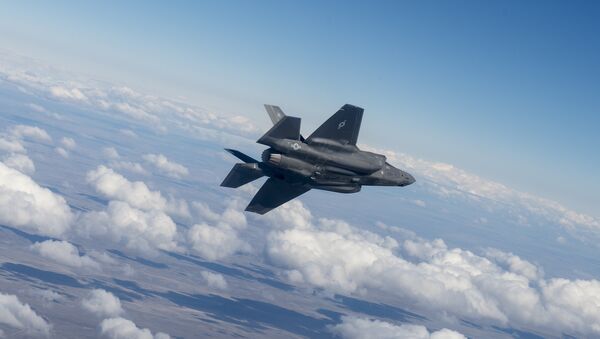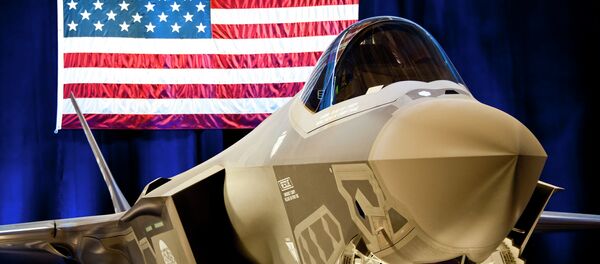The deal on the F-35 program’s LRIP 9 and 10, originally intended to be inked in November 2015, is still in negotiations, Defense News reported.
“I'd say we haven't really reached closure on any of those three [points],” Tanner was quoted by Defense News as saying.
Lockheed CEO Marillyn Hewson stated that the delay is normal, as the contract is “very large” and that there is “a lot of work that has to happen.”
During the negotiation process, Lockheed spent some $900 million of its own capital to keep the beleaguered project afloat. However, the Defense Department reimbursed the aircraft manufacturer’s expenses in a $1 billion transaction in August. Earlier this month, an additional $743 million was allocated for LRIP 9.
Still, Lockheed says it lacks funding to maintain the pace of production process for both LRIPs.
“Despite not yet receiving funding sufficient to cover its costs, the corporation continued work in an effort to meet the customer’s desired aircraft delivery dates,” the Lockheed's news release stated. “Currently, the corporation has approximately $950 million of potential cash exposure and $2.3 billion in termination liability exposure related to the F-35 LRIP 9 and 10 contracts.”
“We have completed our negotiations on lots 9 and 10 with Lockheed, which is typical for a prime contractor to want to lock down its supply chain as it finishes off negotiations with a customer,” Northrop chief executive Wes Bush said Tuesday.
The LRIP 9 and 10 effort, costing some $14 billion, suggests the production of about 150 of the jets. The troubled contract is now expected to be finalized December 2016, according to F-35 Joint Program Executive Officer Lt. Gen. Christopher Bogdan.




